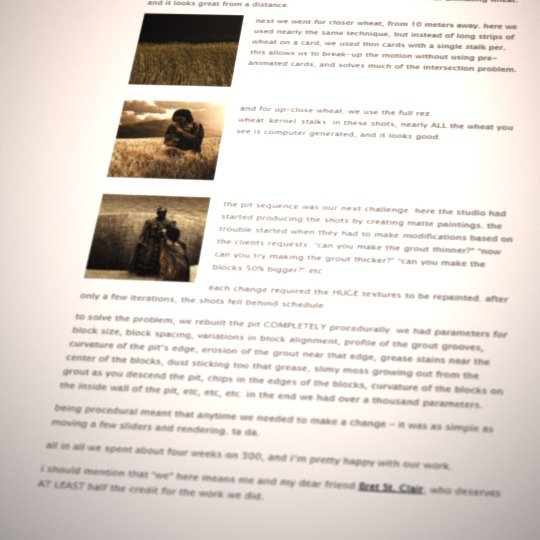
Procedural Generation and Film
When we talk about procedural generation, the most common application that comes to mind is games. But generative processes are just as deeply embedded in other commercial mediums, including film.
I’ve talked about how procedural generation is useful for things other than infinity. So here’s a practical, real-world example of something that couldn’t have been accomplished without procedural generation but doesn’t derive its value from infinite possible combinations. In fact, the final product was exactly one generated configuration.
You’ve probably seen this trailer, since 300 had some measure of pop culture impact. Particularly the “This is Sparta!” scene. For which Karl Stiefvater and Bret St. Clair created the pit entirely procedurally.
Why would they go to all that trouble when the scene was always going to look the same every time you watch the film? Particularly since the reason they were brought in to work on the shot was it was already behind schedule. So why make it procedural?

Because it gave them flexibility.
A constant in VFX is that the client will request changes. Even though the pit was only going to be used for one scene, the pit went through many variations before the director signed off on the finished design. By generating the pit procedurally, the VFX technical directors could tweak individual aspects of its look, such as the thickness of the grout, without having to repaint the entire matte painting by hand.
Flexibility is critically important in commercial art production, since being able to make changes as the need arises saves time and money. Even in fine art, a tool with greater flexibility can help the artist realize their vision. Using procedural methods in an artistic pipeline gives it that flexibility.
